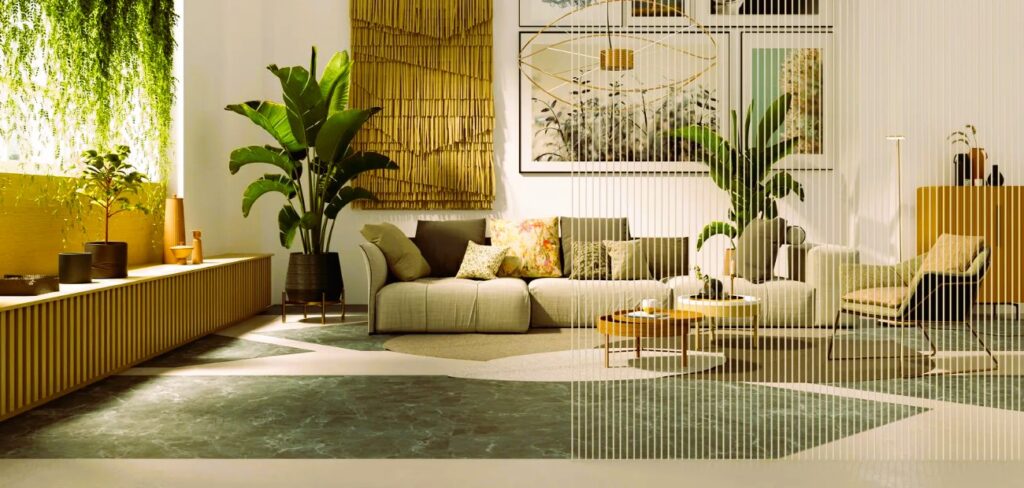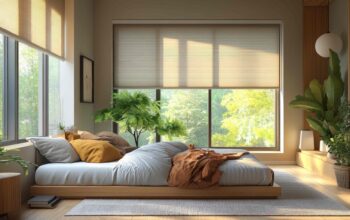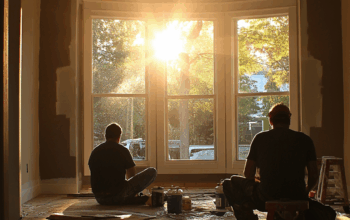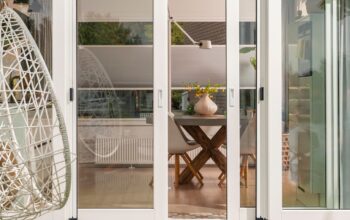In a world dominated by concrete jungles and artificial environments, the concept of biophilic design emerges as a refreshing approach to architecture and interior design. Biophilic design seeks to reconnect humans with nature by integrating natural elements and patterns into the built environment. This holistic approach not only enhances the aesthetics of a space but also promotes well-being, productivity, and sustainability. In this article, we delve into the principles of biophilic design and explore how incorporating these elements can transform indoor spaces into tranquil sanctuaries.
Understanding Biophilic Design
Biophilic design is rooted in the idea that humans have an innate affinity for nature, known as biophilia. Coined by biologist Edward O. Wilson, biophilia suggests that humans possess an inherent need to connect with the natural world. Biophilic design harnesses this connection by incorporating elements such as natural light, vegetation, water features, and organic materials into architectural and interior design.
Key Elements of Biophilic Design
- Natural Light: One of the fundamental elements of biophilic design is the integration of natural light. Sunlight not only illuminates a space but also affects our circadian rhythms, mood, and overall well-being. Incorporating large windows, skylights, and light wells allows for ample daylight penetration, creating a sense of openness and connection to the outdoors.
- Greenery: Introducing vegetation into indoor spaces brings a touch of nature to the built environment. From potted plants and living walls to indoor gardens and vertical gardens, incorporating greenery enhances air quality, reduces stress, and fosters a sense of tranquility. Plant species selected for their air-purifying qualities further contribute to a healthier indoor environment.
- Natural Materials: Embracing natural materials such as wood, stone, bamboo, and clay adds warmth, texture, and authenticity to interior spaces. These materials evoke the tactile and visual sensations associated with nature, creating a sense of grounding and harmony. From flooring and furniture to finishes and accents, integrating natural materials enhances the biophilic experience.
- Water Features: The sight and sound of water have a calming effect on the human psyche. Incorporating water features such as fountains, ponds, or even indoor waterfalls introduces dynamic elements that mimic natural environments. Water features not only add visual interest but also promote relaxation and stress reduction.
- Biomorphic Forms and Patterns: Biomorphic forms and patterns are organic shapes and patterns inspired by nature. Incorporating these elements into architectural details, furnishings, and artwork fosters a sense of connection to the natural world. From curvilinear shapes reminiscent of flowing rivers to fractal patterns found in leaves and branches, biomorphic designs evoke a sense of wonder and awe. Read about modern exterior design trends at this link.
Benefits of Biophilic Design

- Enhanced Well-being: Research indicates that exposure to nature has numerous health benefits, including reduced stress, improved mood, and enhanced cognitive function. By bringing nature indoors, biophilic design promotes emotional well-being and overall happiness.
- Increased Productivity: Studies have shown that incorporating biophilic elements into the workplace can boost productivity and creativity. Employees in environments with natural elements report higher levels of satisfaction, engagement, and job performance.
- Sustainable Practices: Biophilic design aligns with principles of sustainability by reducing energy consumption, improving indoor air quality, and fostering a connection to the natural world. By utilizing renewable materials and designing with nature in mind, biophilic spaces promote environmental stewardship.
Implementation of Biophilic Design
Integrating biophilic design principles into new construction and renovation projects requires a thoughtful approach. Designers and architects collaborate to assess site conditions, consider client preferences, and identify opportunities for incorporating natural elements. Strategies may include:
- Conducting site analysis to maximize natural light and views of the outdoors.
- Selecting plant species suited to indoor environments and implementing proper maintenance protocols.
- Specifying sustainable materials with low environmental impact and high aesthetic value.
- Designing spaces that facilitate human-nature interaction through strategic placement of seating areas, walking paths, and gathering spaces.
Incorporating biophilic design elements offers a holistic approach to creating indoor environments that nurture the human spirit. By embracing nature-inspired concepts and integrating natural elements, designers can transform ordinary spaces into immersive experiences that promote well-being, productivity, and sustainability. As awareness of the benefits of biophilic design continues to grow, so too does the opportunity to reconnect with the natural world within the built environment.
For more information on biophilic design principles and practices, visit Wikipedia’s Biophilic Design Page.
Remember, the essence of biophilic design lies in fostering harmony between humans and nature, creating spaces that not only inspire but also nourish the soul.




